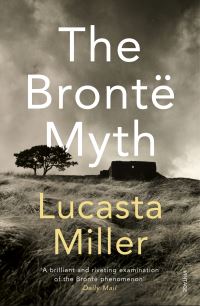Description
What is life? This was a question of particular concern for Mary Shelley and her contemporaries. But how did she, and her fellow Romantic writers, incorporate this debate into their work, and how much were they influenced by contemporary science, medicine and personal loss?This book is the first to compile the many attempts in science and medicine to account for life and death in Mary Shelley’s time. It considers what her contemporaries thought of air, blood, sunlight, electricity and other elements believed to be most essential for living. Mary Shelley’s (and her circle’s) knowledge of science and medicine is carefully examined, alongside the work of key scientific and medical thinkers, including John Abernethy, James Curry, Humphry Davy, John Hunter, William Lawrence and Joseph Priestley. Frankenstein demonstrates what Mary Shelley knew of the advice given by medical practitioners for the recovery of persons drowned, hanged or strangled and explores the contemporary scientific basis behind Victor Frankenstein’s idea that life and death were merely ‘ideal bounds’ he could transgress in the making of the Creature. Interweaving images of the manuscript, portraits, medical instruments and contemporary diagrams into her narrative, Sharon Ruston shows how this extraordinary tale is steeped in historical scientific and medical thought exploring the fascinating boundary between life and death.




